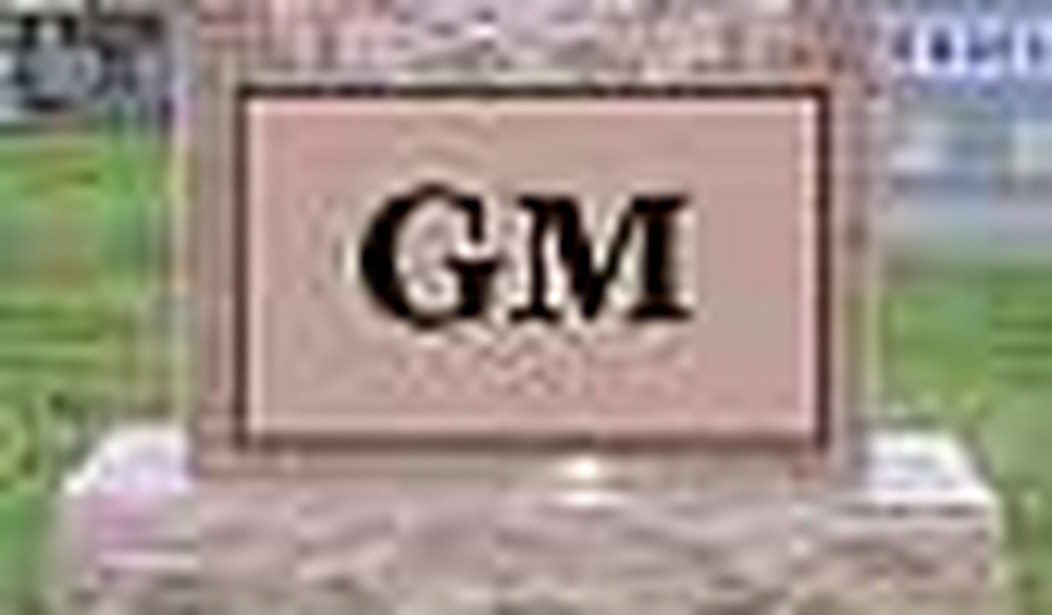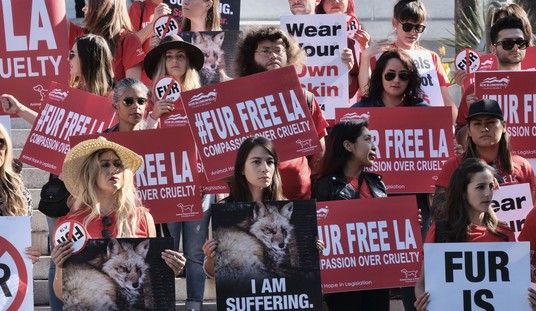As the world watches General Motors, once the “bluest” of blue chips, enter bankruptcy court to seek protection from its creditors, pundits roll out explanations for its demise. Missing from almost all of the discussions is monopoly power — the root cause of GM’s troubles. What is in play here is not the monopoly power of what was once the largest corporation in the U. S. — for GM never had such market dominance — but rather the monopoly power granted by law to its workers through its union, the United Automobile Workers. It is this that has brought GM to its knees.
With the passage of the National Labor Relations Act in 1935, U.S. labor unions were granted exemption from anti-trust legislation, thus effectively achieving monopoly status in the labor market. Notwithstanding this legislation, over the ensuing years U.S. workers have understood the dangers inherent in this arrangement and routinely rejected union efforts to organize in most industries. As a result, union membership has declined in the U. S. with the notable exception of public service-employee unions. Those industries where union membership maintained dominance have experienced continuing disintegration evidenced by an inability to compete effectively.
It is part of human nature to seek security from change. Citizens, companies, and other interested groups have regularly sought market, pricing, and/or job protections through the intercession of the one institution that can, through the use of legal force, protect those interests: the government. Such protectionism is simply legalized theft in the form of the transference of wealth from one group (taxpayers, consumers, etc.) to another, more favored one (in this case, organized labor).
The consequences of such protectionism make for a baleful tale. For example, in an ever-frustrated effort to protect agricultural interests, we have witnessed the destruction of crops and the slaughter of “excess” animals; providers of utility services have prospered at the expense of their customers in a marketplace where prices are fixed and competition is prohibited; and educators, at taxpayer expense, have evolved into mere workers insulated by their unions from accountability for the corrosive effects of their poor instructional methods. The list is endless, and the victims are not just consumers forced to pay higher prices and accept poorer service, but, ultimately, the protection-seekers themselves who suffer as the protected enterprise shrivels and becomes less and less vital. In a relatively free market, more competitive enterprises will, over time, replace these high-cost dinosaurs; in a less free market, relative economic activity will atrophy and overall standards of living will decline.
Regarding the present crisis at GM, it is clarifying to review the state of the automobile market in the United States. Labor and related retirement and health care costs at the Big Three automakers steadily increased, producing a financial crisis of which both company and union officials were aware. As the parties continued to fail to face up to the gathering storm, foreign automobile manufacturers moved into the U. S. market in force. Since 1982, when Honda opened its first U.S. manufacturing facility in Ohio, numerous automobile manufacturing plants have been built in the U.S. by all of the major Japanese auto companies and others, including BMW and Mercedes Benz. These plants have prospered and testify to the skills and work ethic of the American auto worker as well as to the design and manufacturing skills of their employers. The crucial difference among these plants and those of the Big Three lies in the so-called “legacy” costs which have burdened the latter. Dramatic evidence of the success of the “foreign” U. S. manufacturers lies in the fact that for the first four months of 2009, they produced about 45% of all vehicles manufactured in the country.
Another cost factor unique to the Big Three is the number of franchise automobile dealerships held by each. GM, for example, has about 6,000 stores while Toyota makes do with about 1,500. One of the reasons for this disparity is that local automobile dealers have long established relationships with local and state governments, which have passed restrictive legislation making it extremely difficult and expensive for a manufacturer to terminate a dealer franchise. Now that the U. S. government has entered into the automobile manufacturing business, does anyone remotely imagine that U.S. politicians will be any less receptive when local dealers line up for assistance in the face of closure?
In the midst of all this political machination and navel-gazing, the competition in the automotive marketplace has become even more keen. China is now poised to become the largest automobile manufacturer in the world. If past is prologue, and in Washington as it relates to special interest pandering it surely is, the demands for protection against this “unfair” competitor is a foregone conclusion. Our politicians will, of course, respond accordingly. So you can count on us taxpayers being in the auto manufacturing business for a long time. Additionally, the automobile consumer will see his choices of vehicles diminish along with increased costs.
The Big Three will either die or remain wards of the state until they can trim the fat off these union contracts and obtain the flexibility required to regain competitiveness in the marketplace. Meanwhile, the many billions of taxpayer dollars that have been committed to both Chrysler and General Motors will have been wasted and many jobs will have been lost.









Join the conversation as a VIP Member